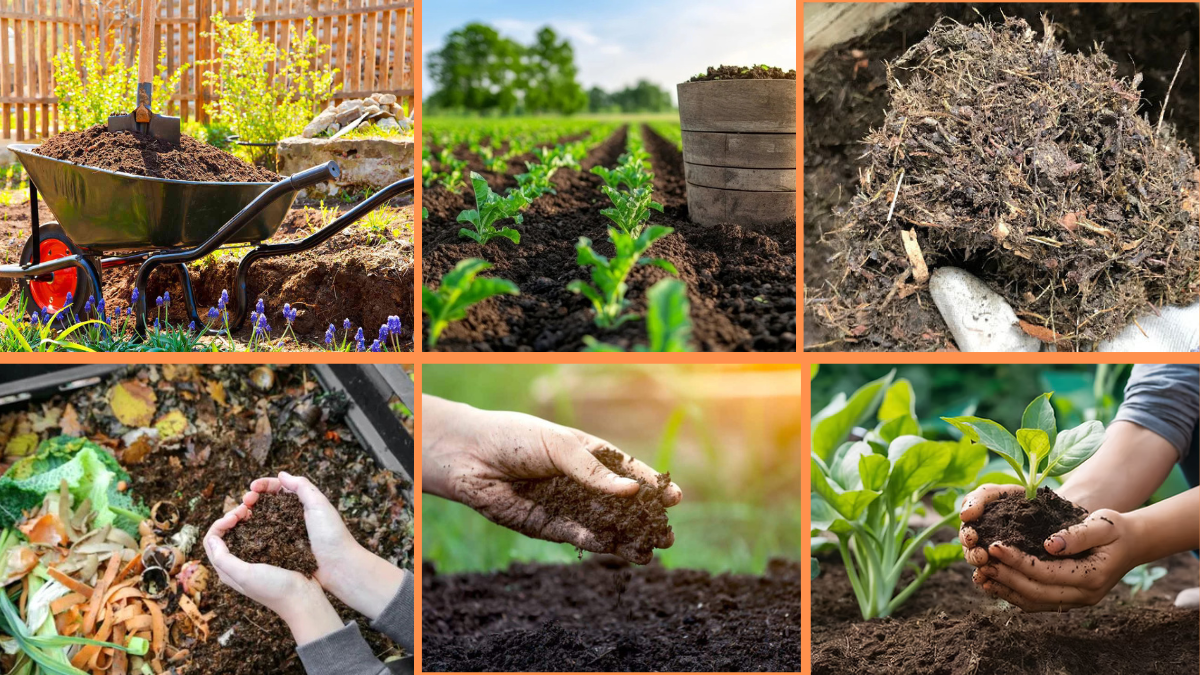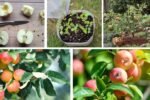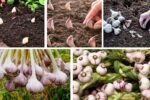If you’ve ever dreamed of a lush, vibrant garden bursting with healthy flowers, fruits, and veggies, compost might just be your secret weapon. Often referred to as “black gold” by gardeners, compost improves soil structure, boosts nutrient content, and fosters beneficial microbes — all essential ingredients for thriving plants.
Whether you’re new to gardening or looking to fine-tune your composting game, these 10 expert-backed tips will show you how to use compost effectively for healthier, happier plants.

1. Understand What Compost Is and Why It Matters
Before diving into techniques, it’s important to understand what compost really is. Compost is decomposed organic matter, made from kitchen scraps, garden clippings, leaves, and other natural materials.
As it breaks down, compost transforms into a nutrient-rich, dark, crumbly substance that improves soil fertility and structure. It enhances moisture retention, balances pH levels, reduces plant diseases, and even suppresses weeds. Using compost is one of the easiest and most natural ways to boost plant health — without resorting to synthetic chemicals.
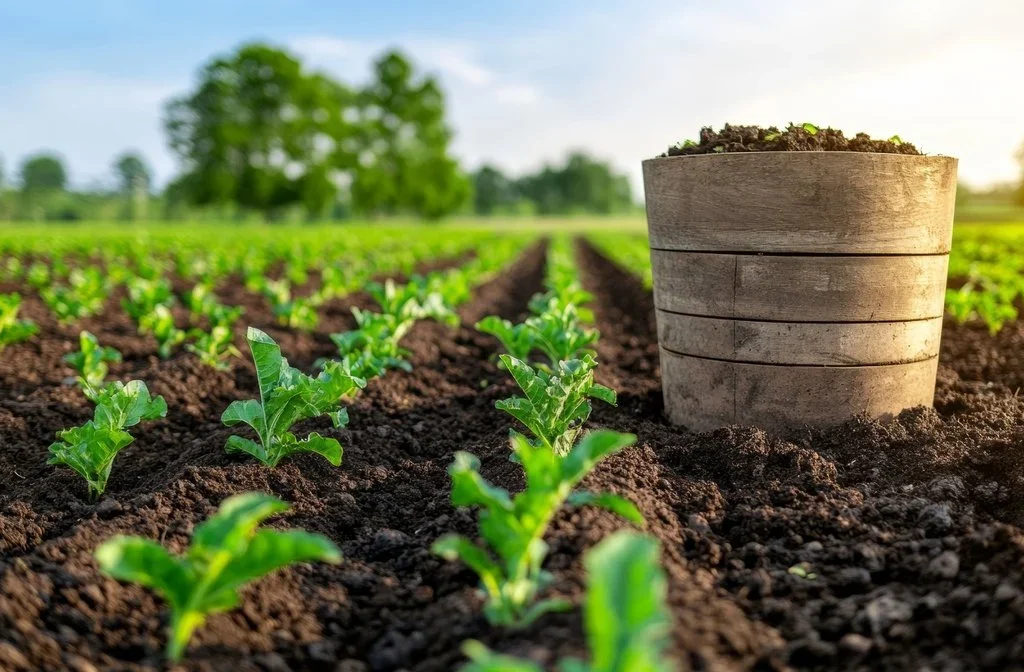
2. Use Compost as a Soil Conditioner
One of the best ways to use compost is by mixing it directly into your garden soil. Before planting, incorporate 2-4 inches of compost into the top 6-8 inches of soil. This enriches the soil with nutrients and improves its texture, making it lighter and better able to hold moisture while allowing excess water to drain away.
This is particularly beneficial for heavy clay soils, which tend to compact easily, or sandy soils, which drain too quickly. By adding compost, you create a balanced environment where plant roots can easily access the nutrients and oxygen they need.
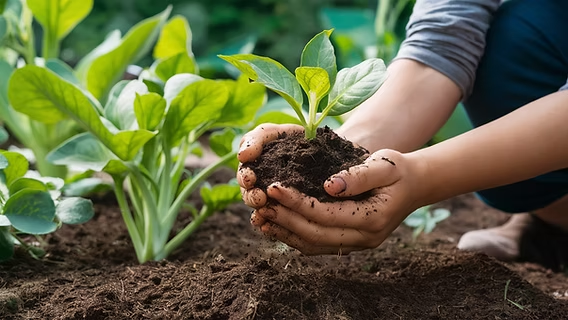
3. Top-Dress Your Plants with Compost
Top-dressing is the process of adding a thin layer of compost on top of the soil around your plants. It’s a simple yet highly effective way to feed your plants gradually and improve soil health over time.
To top-dress:
- Apply a 1-2 inch layer of compost around the base of your plants.
- Avoid placing it directly against plant stems to prevent rot.
- Gently work it into the topsoil or let rain and watering help it settle naturally.
This technique is ideal for established flower beds, vegetable gardens, and even potted plants.

4. Make Compost Tea for a Nutrient Boost
Compost tea is a liquid fertilizer made by steeping compost in water. It’s like a health tonic for your plants, delivering nutrients directly to their roots and leaves.
How to make compost tea:
- Place a few shovelfuls of finished compost in a porous bag or old pillowcase.
- Submerge it in a 5-gallon bucket of water.
- Let it steep for 24-48 hours, stirring occasionally.
- Strain and use the liquid to water your plants or spray on leaves.
Compost tea is rich in beneficial microbes and nutrients, offering an instant pick-me-up for struggling plants.

5. Use Compost as Mulch
Compost works wonderfully as an organic mulch. It helps retain soil moisture, suppress weeds, and regulate soil temperature while slowly releasing nutrients.
To mulch with compost:
- Spread a 2-3 inch layer of compost around your plants.
- Keep it a couple of inches away from plant stems.
- Reapply throughout the growing season as it breaks down.
This is especially helpful in hot summer months when soil can dry out quickly.
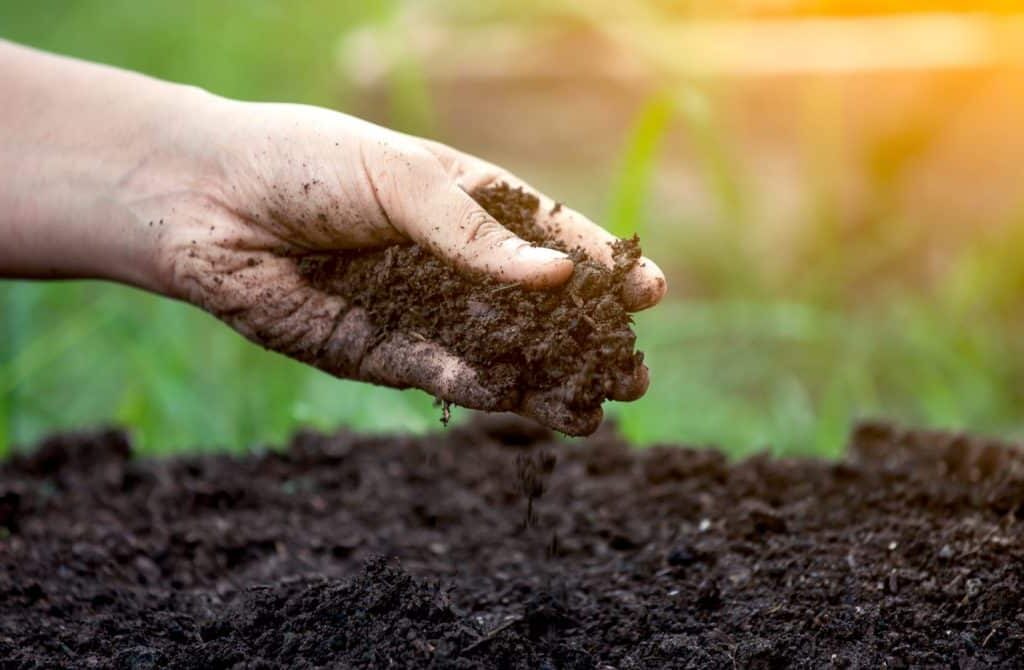
6. Boost Seedling Health with Compost
When starting seeds indoors or in the garden, a little compost can go a long way. Mix well-aged compost with potting soil in a 1:1 ratio to create a nutrient-rich seed starting mix.
This gives seedlings access to natural, balanced nutrients from the start, promoting strong root development and reducing transplant shock later on.
Tip: Make sure the compost is fully decomposed and fine-textured to avoid damaging delicate seedlings.
7. Revitalize Potted Plants with Compost
Container plants often deplete their soil nutrients faster than those in garden beds. Adding compost to your potted plants helps refresh the soil and extend the life of your plants.
To do this:
- Remove the top inch of soil from your pots.
- Replace it with a fresh layer of compost.
- Water thoroughly to help nutrients settle into the soil.
This can be done once or twice during the growing season to keep your container plants thriving.
8. Enhance Lawn Health with Compost
Lawns aren’t just about aesthetics — healthy grass can prevent erosion, filter rainwater, and improve air quality. Top-dressing your lawn with compost is an excellent way to nourish grass naturally.
How to compost your lawn:
- Spread a thin, even layer (about ¼ to ½ inch) of fine compost over the entire lawn.
- Rake it lightly to help it settle between the blades.
- Water the lawn well afterward.
This practice encourages deep root growth, improves soil structure, and reduces the need for chemical fertilizers.
9. Use Compost in Planting Holes
When planting shrubs, trees, or perennials, adding compost directly into the planting hole can give your new plants a strong start.
Steps:
- Dig a hole twice as wide as the plant’s root ball.
- Mix compost with the native soil at a 1:1 ratio.
- Place the plant, backfill with the mixture, and water well.
This method boosts nutrient availability and improves soil drainage around the roots, reducing transplant stress.
10. Know What Not to Compost
To maximize the health benefits of compost for your plants, it’s essential to avoid adding harmful materials that can introduce diseases, pests, or toxins.
Do not compost:
- Meat, dairy, and oily foods (attract pests and create odors)
- Pet waste (contains harmful bacteria)
- Diseased plant material (spreads pathogens)
- Weeds with mature seeds (may sprout in your garden)
- Glossy or colored paper (contains chemicals)
Stick to safe, organic materials like fruit and vegetable scraps, coffee grounds, eggshells, grass clippings, and dry leaves.
Final Thoughts
Using compost is one of the most natural and rewarding ways to improve your garden’s health. From mixing it into soil to brewing compost tea, each method offers unique benefits that promote stronger, more resilient plants. Plus, composting reduces waste and benefits the environment — it’s a win for both your garden and the planet.
By following these 10 simple tips, you’ll be well on your way to cultivating a greener, healthier, and more sustainable outdoor space. So grab your garden gloves, start composting, and watch your plants thrive like never before!
